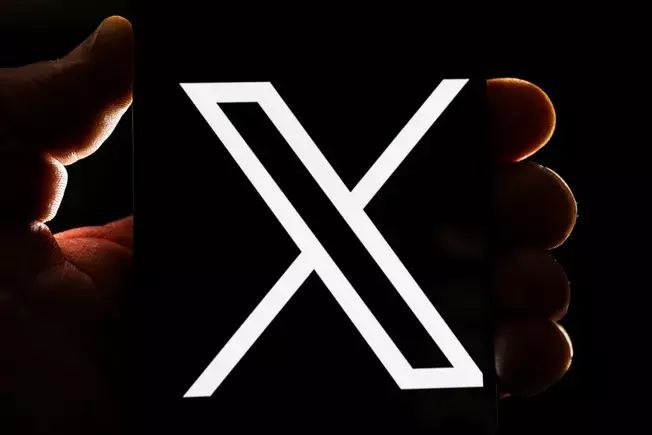The social media landscape is ever-evolving, and decisions made by platform owners can significantly shape user experience and safety. One such decision currently being debated is X’s move towards eliminating the block functionality. This step, reportedly motivated by Elon Musk’s unique encounters with the platform—as he himself has become a subject of mass blocking—raises important questions about user safety, control over personal feeds, and the implications of a potentially more open, yet increased trolling environment.
At the heart of this change lies Elon Musk’s perception of block lists. Musk has deemed these lists problematic, arguing that they do little to combat harassment and instead create echo chambers. His viewpoint posits that when users block individuals, the potential for those blocked to view public posts remains—an assertion that underscores the flawed logic of the current blocking system. X’s new policy is that when someone blocks another user, that blocked user can still see the posts unless the original user opts for “Protected Posts,” thus limiting visibility to a select group of followers. This aspect raises the question: Shouldn’t users have the final say on who can access their thoughts and private updates on social media?
The rationale presented by X’s engineering team hints at a potential for increased transparency. The idea is that blocked users will be able to view and report posts that may violate community standards or contain harmful content. While increasing transparency sounds well-intentioned, it neglects the fundamental purpose of blocking—providing a sanctuary from unwanted interactions and enabling users to manage their digital space without fear of harassment.
Any significant change to a well-considered function can drastically influence user experience. The current proposal by X allows blocked users to see public posts made by the person who blocked them. This alteration could lead to an uptick in unwanted interactions and stress for those who primarily used the block function to eliminate the negative impact of certain individuals in their lives.
This adjustment poses risks, especially for users who may already be vulnerable. Users often block others to avoid confrontations or harassment, seeking a reprieve from negativity. With the proposed addition, this peace is disrupted as users face the prospect of their blocked counterparts viewing and potentially scrutinizing their posts—an idea that most would likely find unsettling.
Furthermore, one must consider the potential consequences this may have on content creation and sharing. If users feel that they can no longer express themselves freely due to the anxiety of being viewed by those they wish to avoid, this could stifle creativity and honest discourse on the platform. Social media should ideally serve as a space for expression; however, this change risks cultivating a more hostile environment instead.
The directive to remove blocking capabilities raises critical questions about privacy and self-regulation on social media. With the reliance on algorithmically driven feeds, the delineation between desired content and unwanted exposure becomes blurred. Knowing that blocked users can still view updates may compel individuals to censor their voices or tailor their content to appease a broader audience, an outcome that runs counter to the original purpose of social media: authentic connection and sharing.
Conversely, the idea that users can report abuse could be beneficial to a degree; however, it relies heavily on users being active about reporting rather than simply avoiding problematic users altogether. Moreover, not every instance caught under this new policy would necessarily represent a violation worthy of reporting.
If this change is implemented, it will reshape how users engage with X, potentially driving many users away. Trust in a platform is paramount, and if users feel that their safety and autonomy are being compromised, they might consider seeking alternatives that prioritize user well-being over engagement metrics and content visibility.
In the long run, it’s crucial to remember that social media platforms thrive on user trust. The decision to alter blocking capabilities undermines this principle and presents a significant fallout that could lead to user attrition.
While X’s intentions may stem from a desire to enhance user interaction and transparency, the underlying effects suggest a troubling trend towards diminishing personal autonomy and privacy. The value of blocking as a protective mechanism cannot be understated; transforming it into a conditional function undermines its very essence. As critical discussions about user safety, privacy, and platform responsibility continue, it remains evident that eliminating the block feature may lead to unintended consequences that could overshadow its purported benefits. Thus, a re-evaluation of these policies seems not only warranted but necessary in building a safer online environment for all users.

